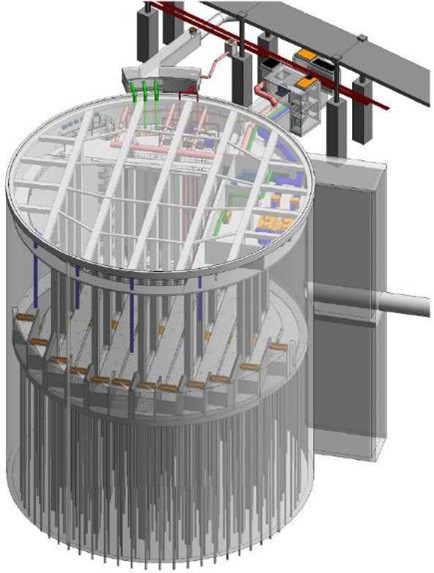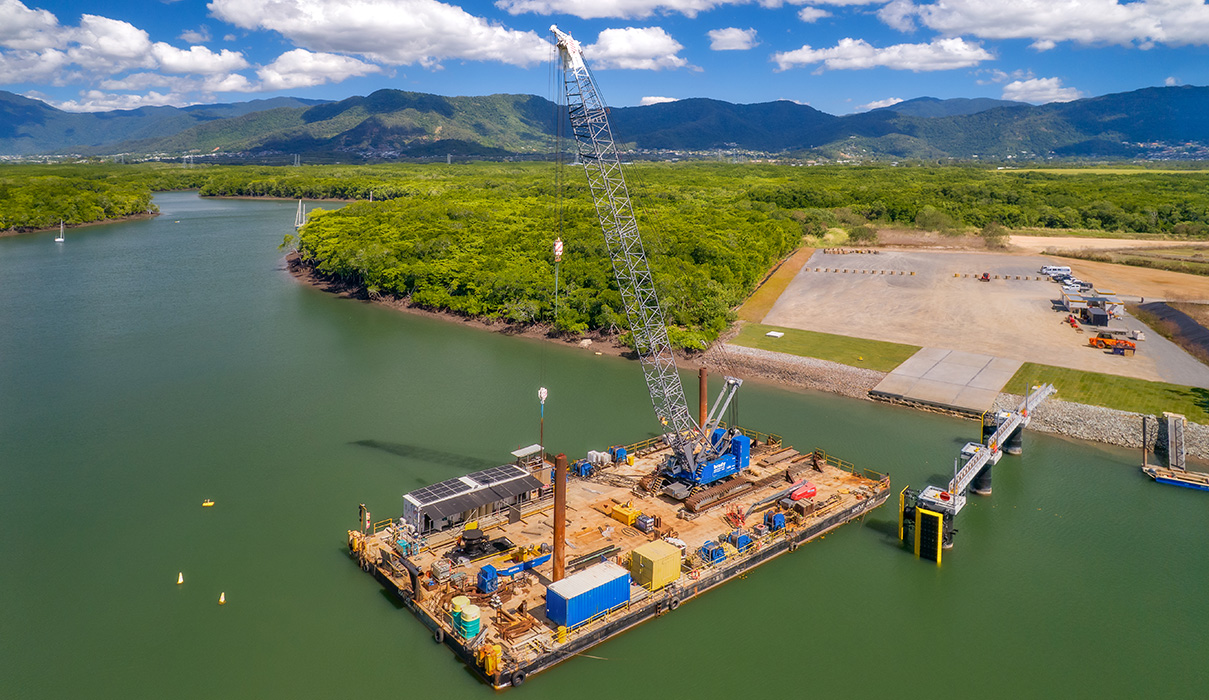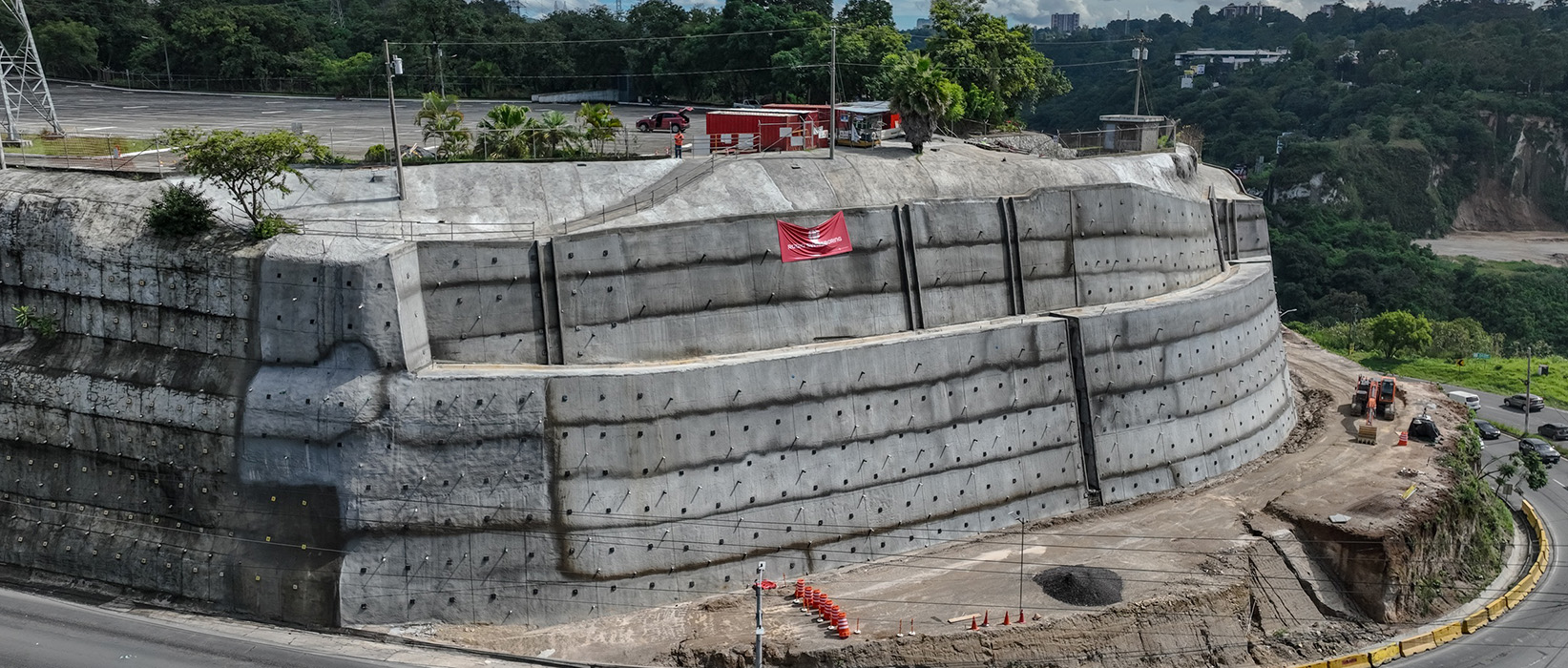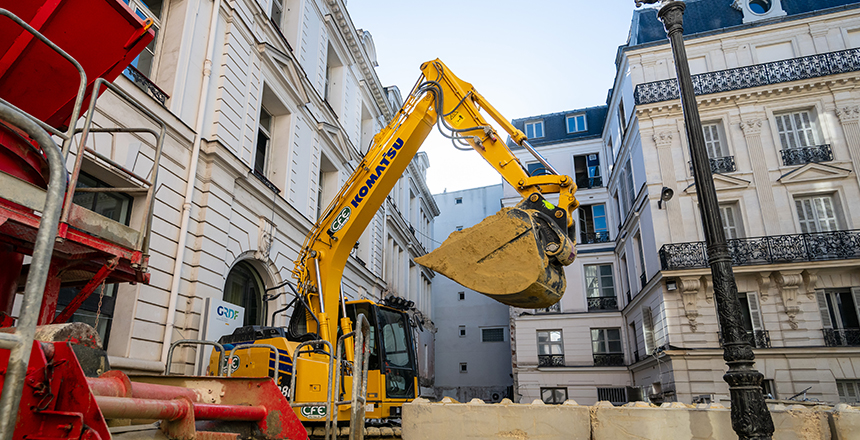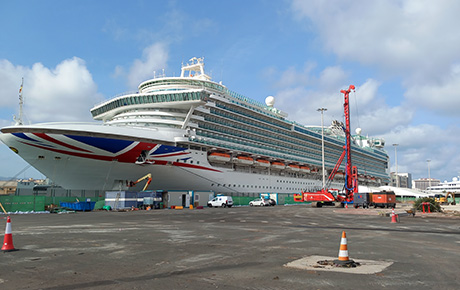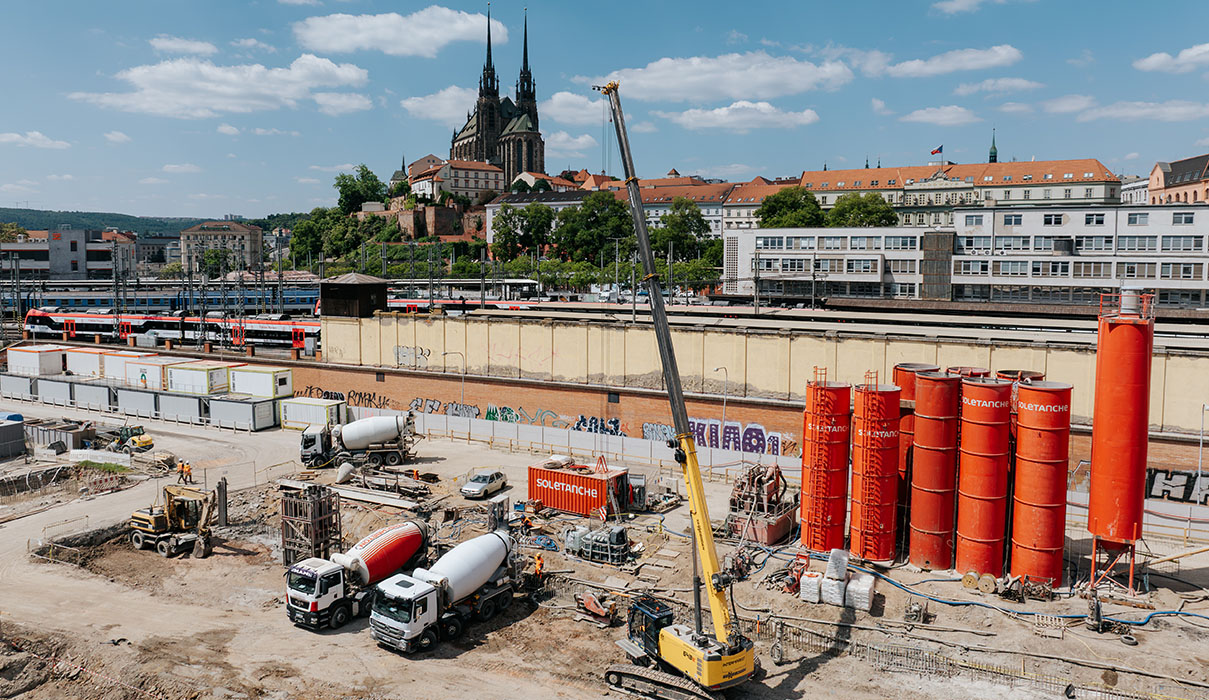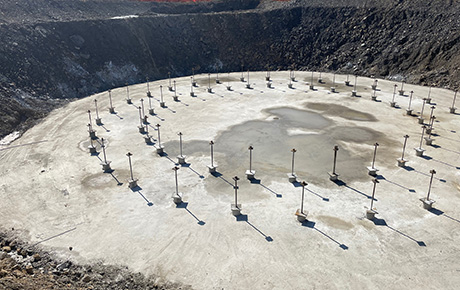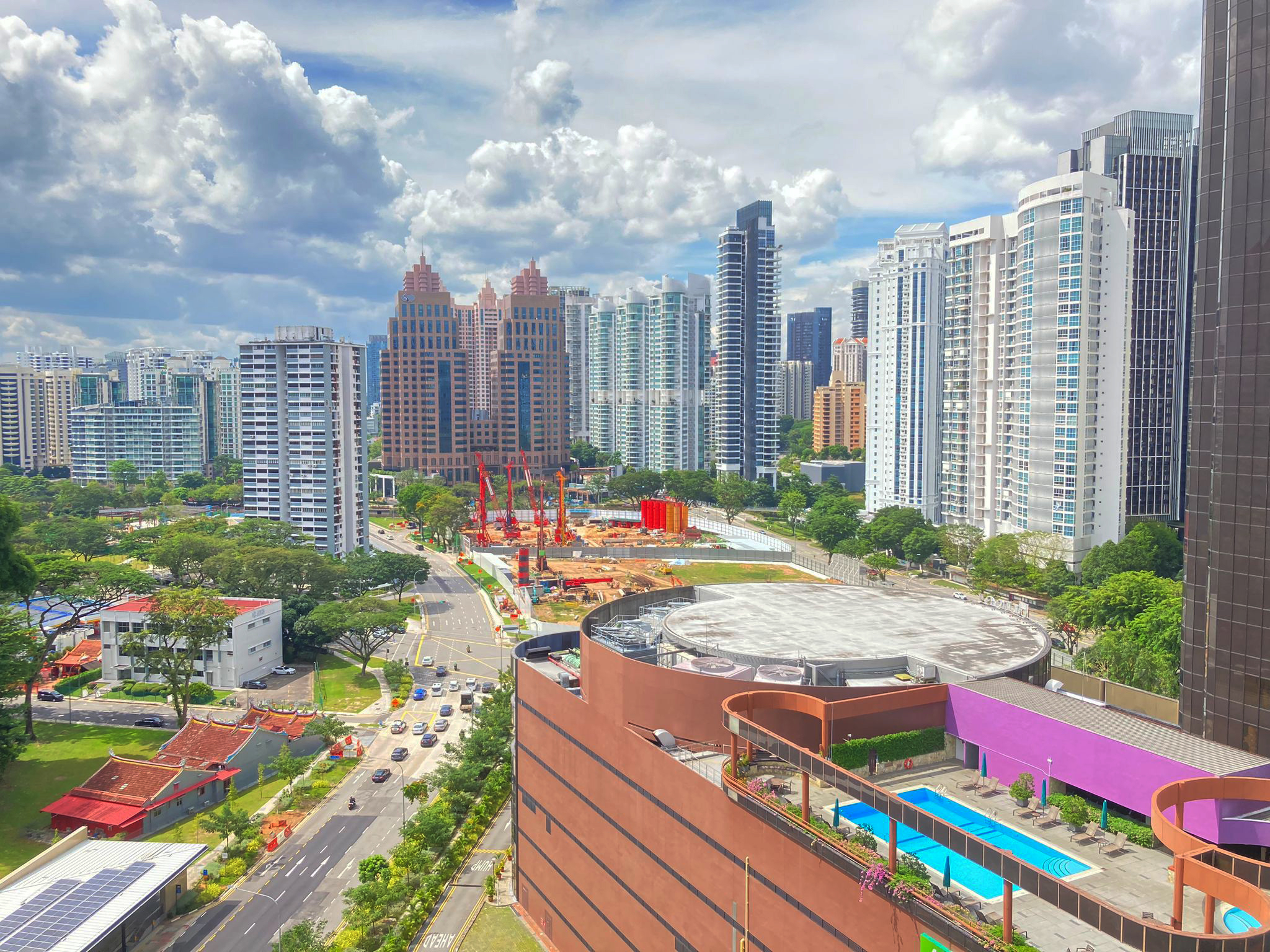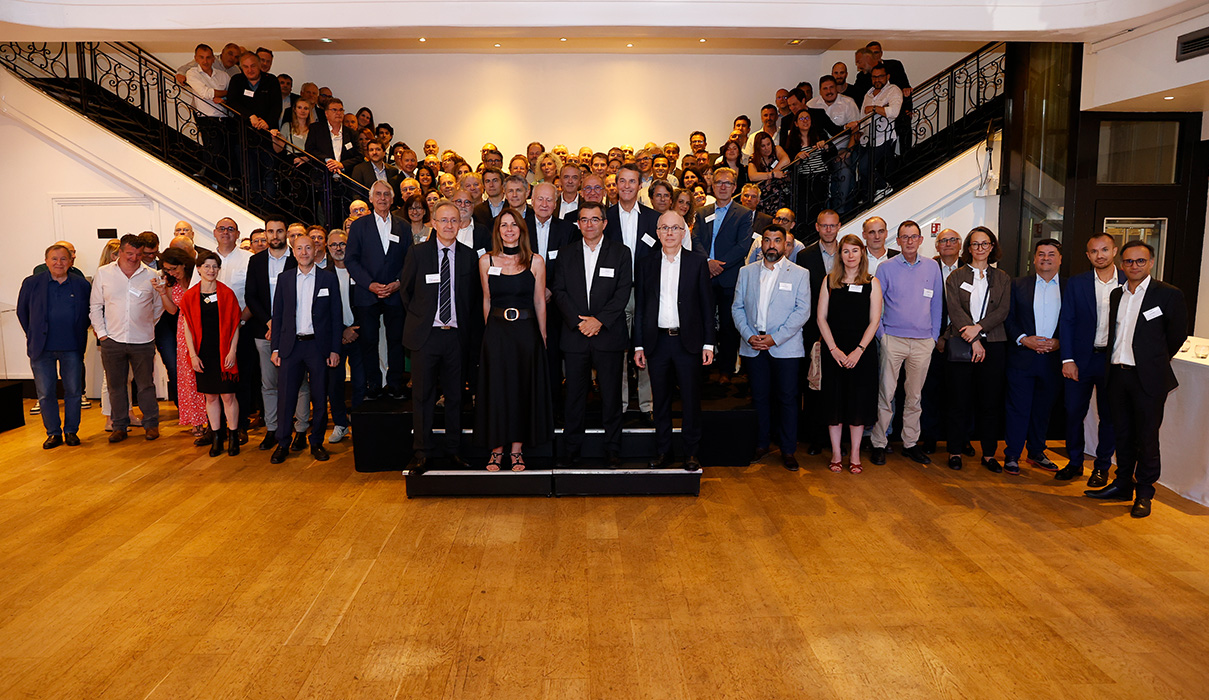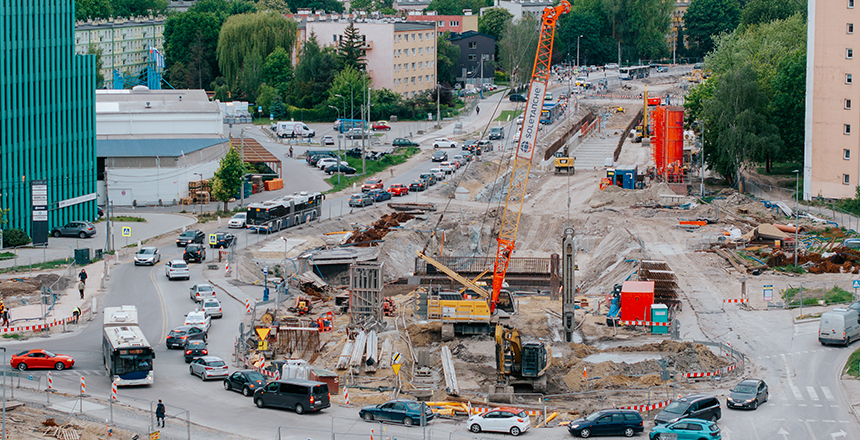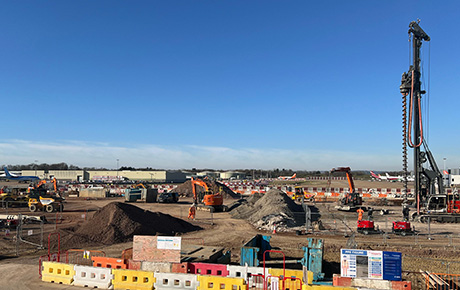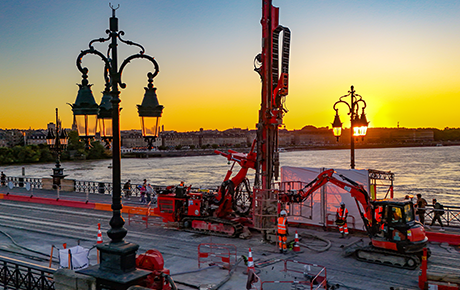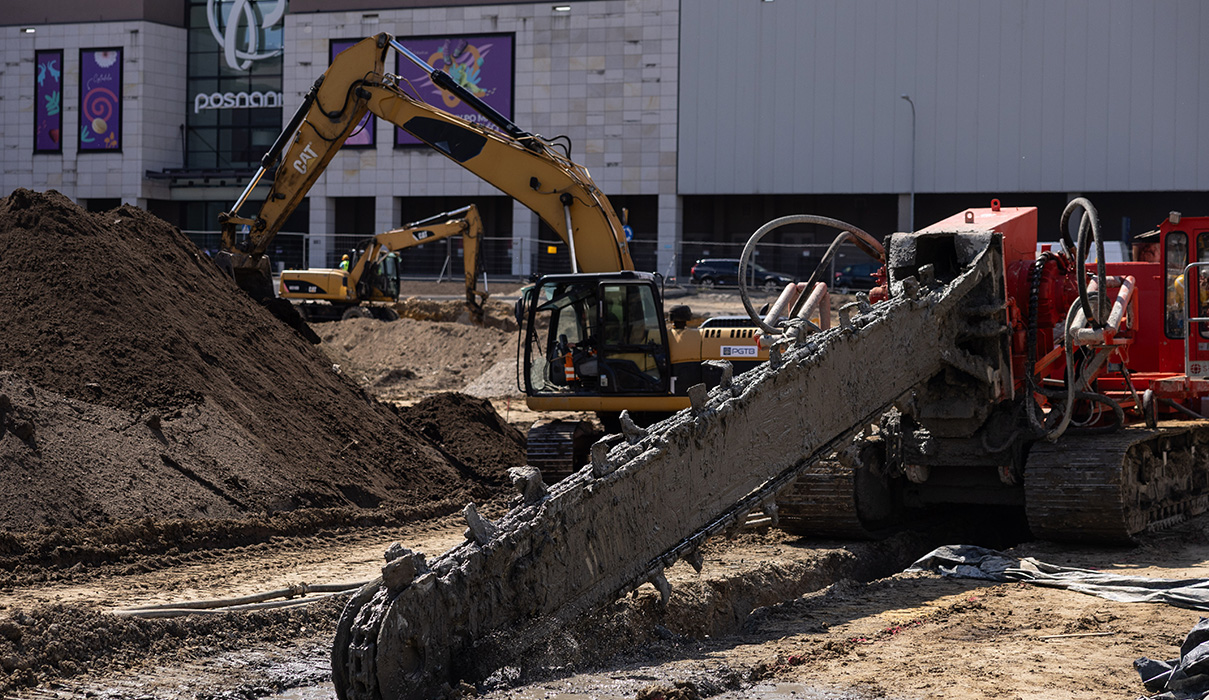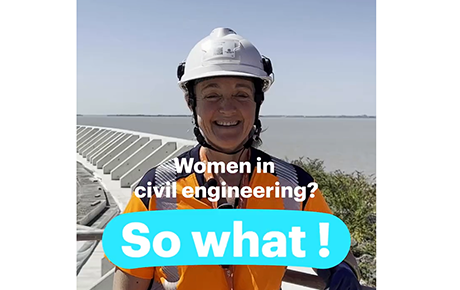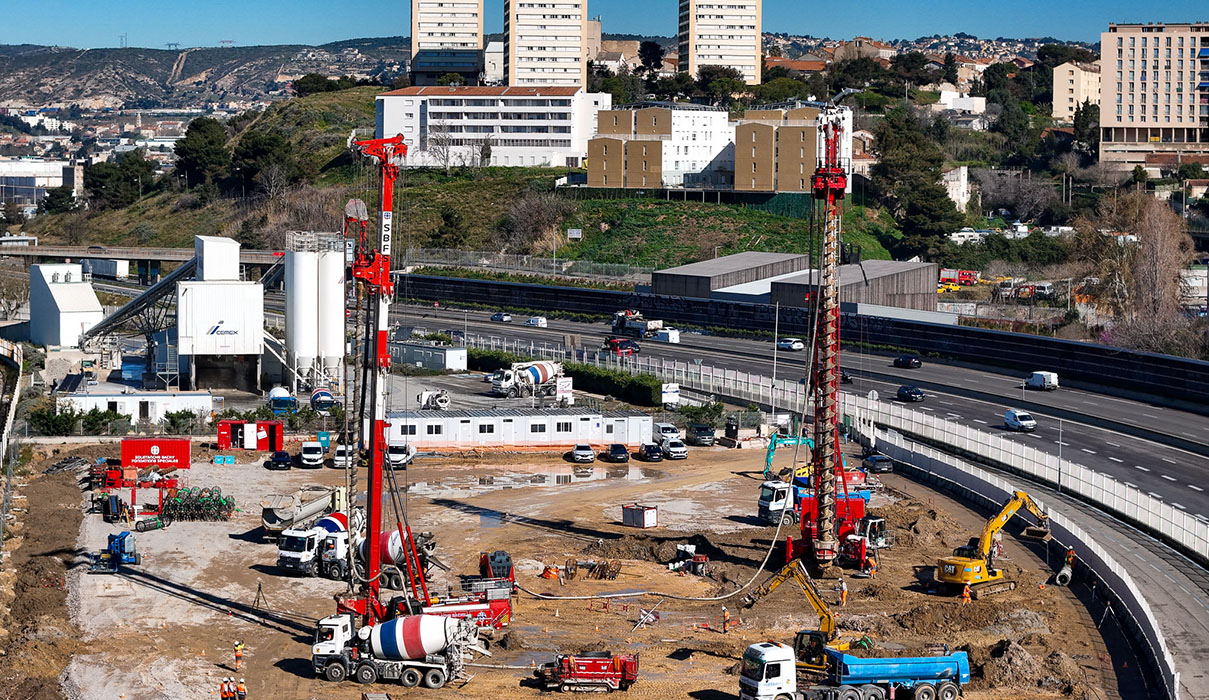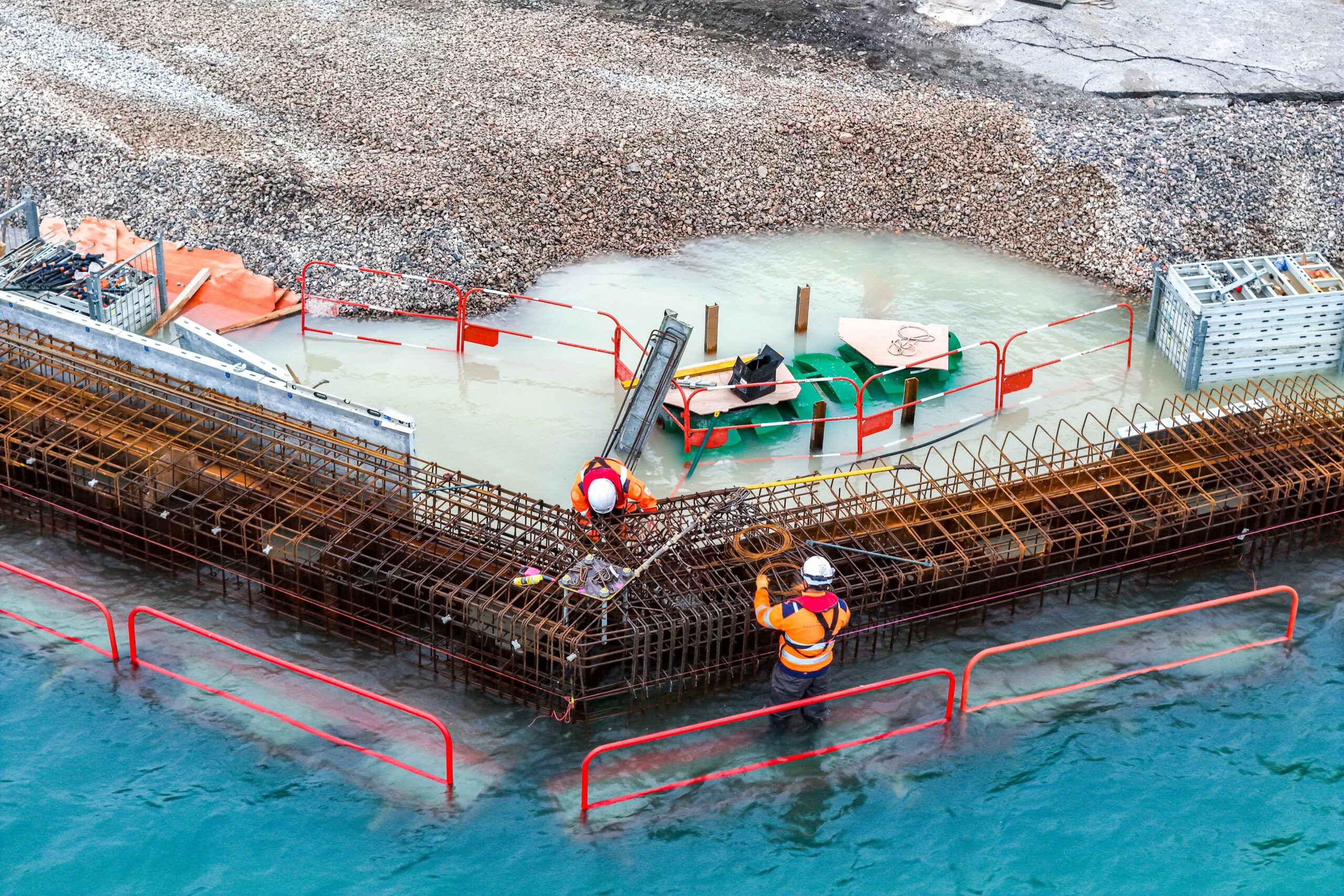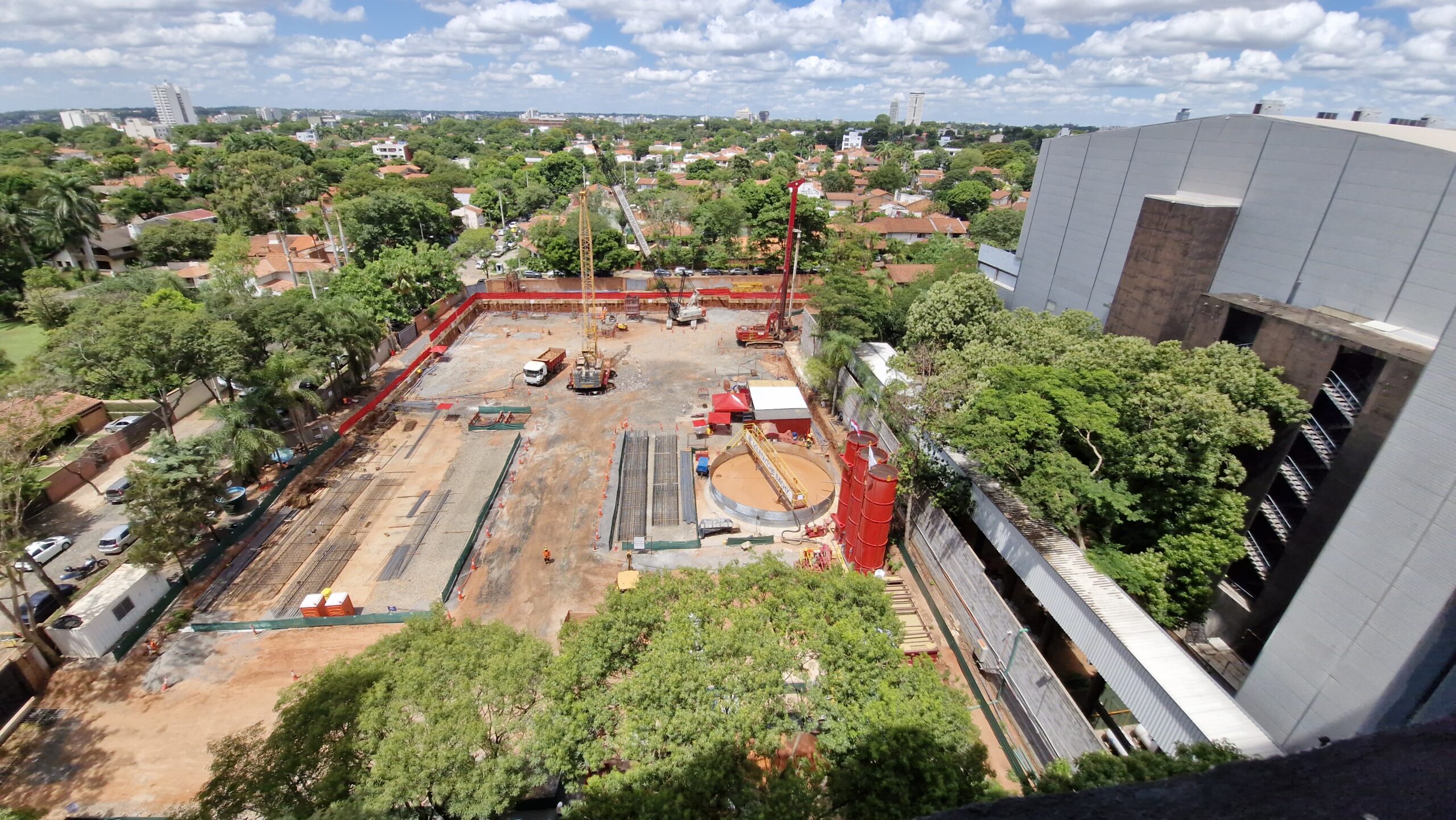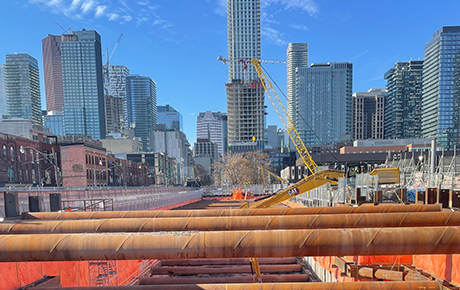September 7th, 2020
Soletanche Bachy carries out the Austerlitz tank and associated structures in Paris
When the 2024 Paris Olympics are held 4 years from now, some of the swimming events will be held in the River Seine. So the City of Paris authority has embarked on a far-reaching plan to improve health safety standards in the river upstream from the Trocadéro.
The plan includes construction of a storage tank/ underground return of wastewater behind the Gare d’Austerlitz and beneath the Square Marie-Curie, as well as an interceptor and associated works. Ultimately, this project will provide permanent bathing facilities on the River Seine in Central Paris, as part of the ongoing legacy of the games for residents of the capital.
The new underground facilities will also make it possible to prevent any discharge of wastewater from the Paris sewerage system into the Seine, during all but the most extreme periods of wet weather.
It was against this background that the IMPLUVIUM consortium of Urbaine de Travaux, Sade, Bessac, Soletanche Bachy France and Sefi Intrafor was awarded the civil engineering contract for this major project:
- a 46,000 m3 holding tank (50 metres in diameter and 30 metres deep) that will store wastewater until it can be returned to the mains drainage network
- the launching shaft of the microtunnel attached to the tank
- a water intake structure on the left bank (the Valhubert shaft) to collect water from the Buffon storm spillway (6.5 metres in diameter and 25 metres deep),
- a water intake structure on the right bank (the Tournaire shaft), which will connect the Diderot sewer (18 metres deep)
- A 625-metre sewer with an internal diameter of 2.5 metres excavated using a microtunnel to carry water to the tank.
Project design work has just started (August 2020), with completion scheduled for April 2024.
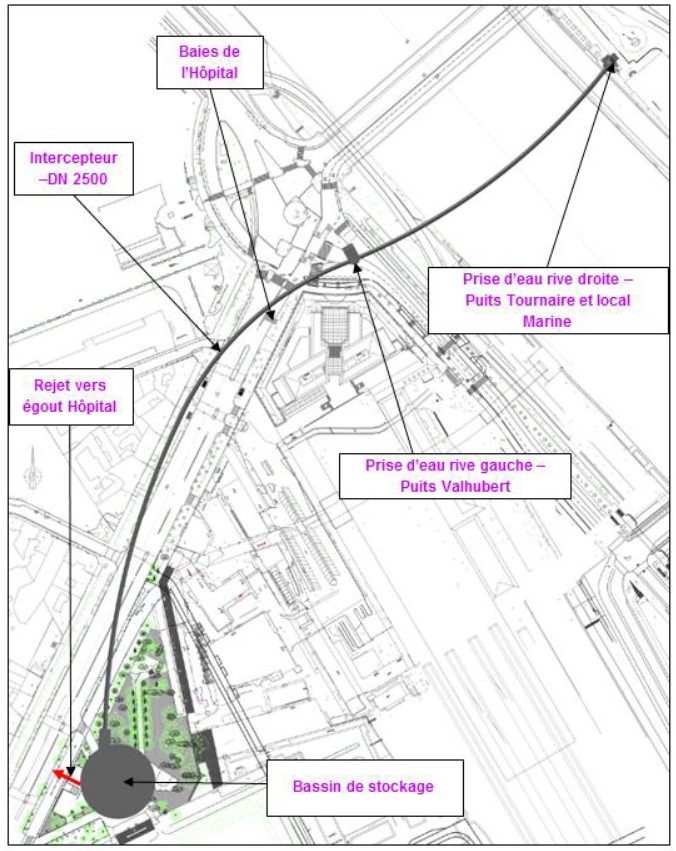
The Square Marie-Curie underground tank
Located between the Gare d’Austerlitz rail station and Pitié-Salpêtrière hospital, the Square Marie-Curie concentrates the major part of the works with the tank and its associated structures. All the works will be carried out at least 3 metres below the surface so that on completion, the square can be returned to its former state as an urban green space.
The tank will be constructed using 1.2-metre thick diaphragm wall anchored at 60 metres, and include a cover slab, a partial raised floor containing the water treatment plant and a raft foundation with flush tracks.
To withstand the hydrostatic pressure imposed by the water table, the tank uses a mixed construction system that includes:
- 254 micropiles drilled to 64 metres depth
- 20 barrettes drilled to 80 metres depth
The micropiles are drilled from the high platform and cut off at low level. They will also use a greased sheathing system for the plastic clay strata beneath the slab foundation to limit the negative friction caused by the propensity of this layout to swell.
The barrettes will support the cover slab, and absorb some of the hydrostatic pressure on the slab foundation. To optimise barrette sizing, a preliminary traction test will be conducted using the Osterberg cell static load test system: a first in France!
Lastly, a shaft attached to the tank and used solely for the launching of the microtunnel allows tunnel works to be started independently of progress of tank construction. Originally intended to be rectangular in shape with strutting, this shaft was adapted by the consortium to become a circular shaft with a self-supporting diaphragm wall 1 metre thick, 11 metres in diameter and 55 metres deep.
The Valhubert shaft
This inlet shaft on the bank of the Seine is built using diaphragm wall 0.8 metres thick and 40 metres deep in the centre of the Place Valhubert.
The connection to the stormwater spillway will use traditional excavation techniques (curved timber formwork), under shelter from a cut-off enclosure will be built using jet grouting.
The Tournaire shaft
This shaft acts simultaneously as a feed shaft for connecting two existing storm spillways, and the outlet shaft for the microtunnel. It must be constructed on an extremely narrow worksite close to the Seine in the Voie Mazas.
Initially planned as a secant pile project, it is now a cut-off enclosure will be built using jet grouting, extended by grouting into the coarse limestone to develop an arching effect and ensure stability for the bottom of the excavation. The excavation and shaft integrity are provided using curved timber formwork installed as the project progresses.
The tunnel
The 625-metre tunnel has an internal diameter of 2.5 metres collects water from 2 stormwater spillways and channels it to the tank. The route of this tunnel is particularly sinuous, since it has to thread its way between existing structures before crossing the Seine. In its original design, the exit shaft was not wide enough to allow the microtunnel to be extracted, meaning that it would have to pass through the shaft and be abandoned. The new variant of the Tournaire shaft design made it possible to increase the dimensions of the shaft significantly and recover almost all sections of the microtunnel.
Micropiles have to be removed from the foundations of the Quai Mazas in order to allow the microtunnel to pass. They will then have to be cored and replaced from the Voie Mazas, which will remain open to traffic.
Quantities
- Diaphragm wall: 13,120 m²
- Barrettes: 4,270 m²
- Micropiles: 14,950 m
- Grouting: 1,060 m3
- Jet grouting: 330 m3
- Tunnel: 625 m
